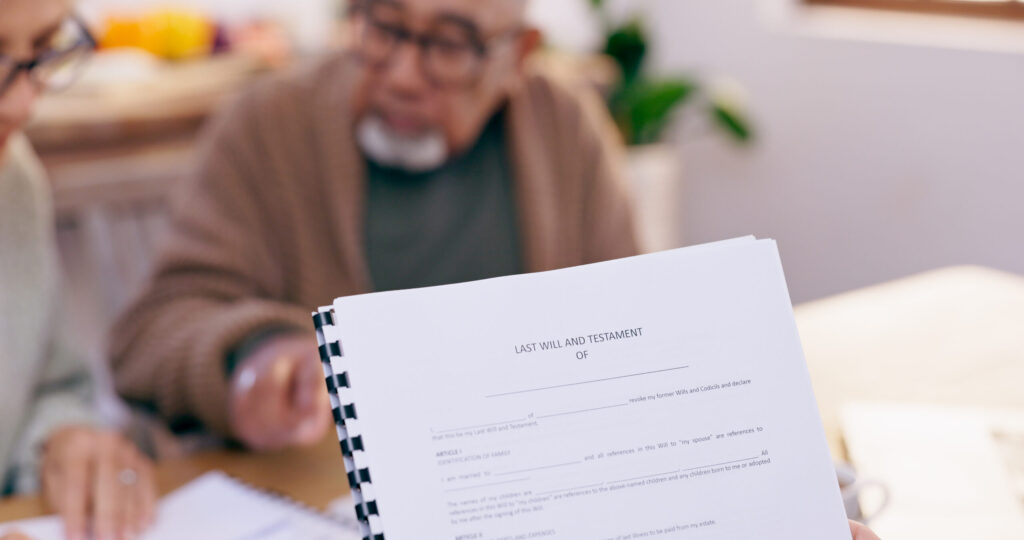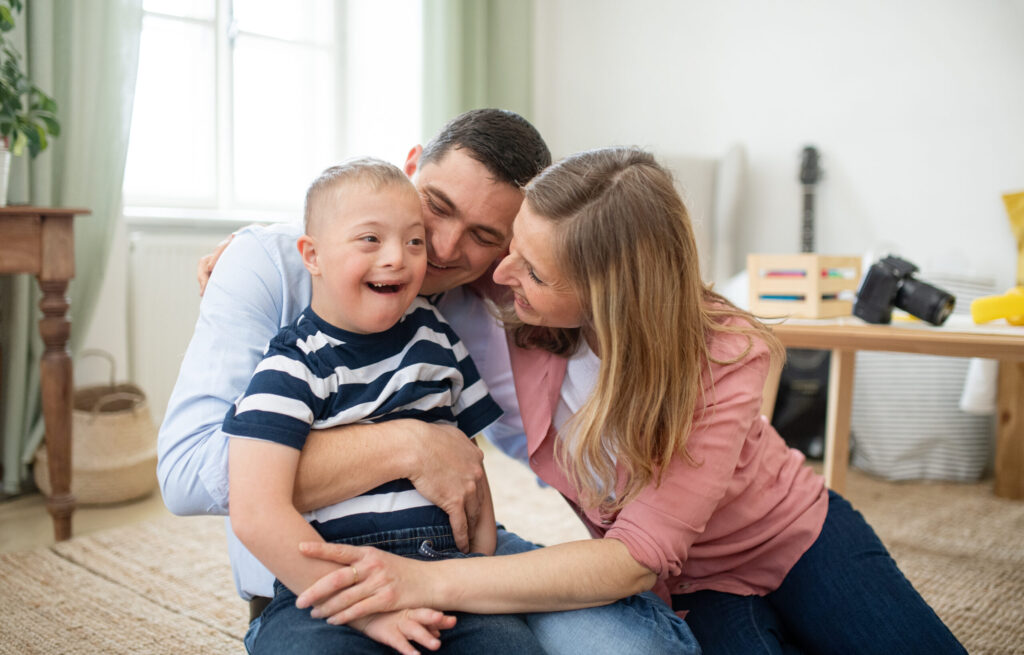
What to Know About Buy-Sell Agreements – Post Connelly
All buy-sell agreements should be reviewed in light of the unanimous Supreme Court decision in Connelly v. United States, dated June 6, 2024. The Connelly case involved two brothers,
Home » News

All buy-sell agreements should be reviewed in light of the unanimous Supreme Court decision in Connelly v. United States, dated June 6, 2024. The Connelly case involved two brothers,

When we think of love letters, we might imagine grand declarations of passion between partners or maybe a parent’s expressions of pride and joy in the growth of a beloved

Written by Laura Bogart and Edited by Chris Cluff. Featuring Stuart H. Schoenfeld, Partner at Capell Barnett Matalon & Schoenfeld LLP. Parenting a child with disabilities is one of the

We are delighted to announce that our founding Partners, Robert S. Barnett & Gregory L. Matalon, were awarded the Top Lawyers of Long Island Award by the Long Island Herald.

We are delighted to announce that our Tax Controversy and Compliance Partner, Yvonne R. Cort, has received the Long Island Herald’s 2024 Premier Business Woman of Long Island Award. Presented

Written by Samuel W. Buchbauer, Associate at Capell Barnett Matalon & Schoenfeld LLP. Featured in New York Law Journal. It is truly an honor and privilege to serve as chair

Beginning 1/1/2024, most small businesses will be required to report information about the business entity, its beneficial owners and the company applicants who established the entity. Substantial fines and penalties
Partner David A. Caraway, Esq. David Caraway is a Partner and member of the firm’s Estate Planning, Estate Administration, and Residential Real Estate practice groups. He was a successful, self-employed attorney

Webinar Recap Your Recap of Our Estate Planning for Your Disabled Child: The ABCs of SNTs Webinar Stuart H. Schoenfeld and Monica Ruela recently hosted a compelling webinar on “Estate

Join Capell Barnett Matalon & Schoenfeld Partners Robert S. Barnett, Esq,, Masters (Taxation), CPA; Gregory L. Matalon, Esq.; and Erik Olson, Esq. for their presentations at the First Annual Tax
If you have any questions, please fill out the form below or call our office. Our client services team will be happy to assist you.
Capell Barnett Matalon & Schoenfeld LLP is a law firm of dedicated attorneys and staff who provide comprehensive, cost-effective legal services to individuals, businesses, not-for-profits, and religious organizations.
Disclaimer: The information submitted through this website’s contact forms is used solely for the purpose of responding to inquiries and providing requested services. We value your privacy and take every precaution to protect your personal data. By submitting a form, you agree to our Privacy Policy and consent to the storage and handling of your data in accordance with applicable laws. Your information will not be shared, sold, or used for unsolicited marketing.